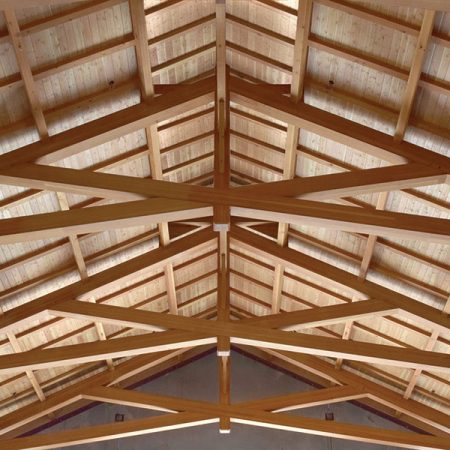The news is reporting in that the price of a lumber package for a single-family home has increased by an average of $36,000 per home. This increase reflects one that the market has never seen before and hopefully will never see again. But the truth is that this issue of lumber prices is a narrow look at the current affairs in construction. But it does bring with it a few questions
When will prices subside?
We don’t know when prices will subside, in fact even the experts and veteran traders cannot give us a straight answer. There is no proven model to project how the current market will behave or how post COVID-19 will shift the supply/demand ratio. The facts, however, are that the pandemic turned the housing market on its head, disrupted labor, and surged the demand for lumber. These are going to be lasting problems with no clear supply side fix for near term solutions.
What happened to cause this?
This problem supersedes the pandemic however, it was exacerbated by it. Where we first noticed a shift in the lumber market was in 2018. Following raised tariffs by the White House administration in 2017 on Canadian Lumber, the whole supply chain became volatile. Lumber prices surged from around $300 per 1000 board foot. to over $600 per 1000/BF, before crashing back down to a stable price of around the $250 level in an alarmingly short time. This resulted in mills shuttering and closing, decreasing the production capacity by 3 billion board feet, and decreasing the labor pool.
Tariffs are not the only hit to Canada’s lumber market. Climate change continues to be a problem for the largest exports of lumber to the U.S. Without extreme freezing temperatures that have kept the ecology of Canada’s forests in balance, the mountain pine beetle and spruce beetle infestations in British Columbia reach an all-time high in 2018 and continued to climb thereafter. By 2020 the infestation was responsible for killing off 15 years of log supply and infecting 5.4 million acres of forest, which is enough lumber to make 9 million homes. The only solution to the outbreak is to strategically cull the infested trees and burn them. Ecologists working on the outbreak have found the method to be highly effective and plan to have the outbreak contained within 5 to 6 years.
But it does not stop there. As we continue into 2021, the lasting effects of the COVID-19 pandemic are being felt. More mills closed in the early onset of the pandemic. Shelter in place orders made getting labor volatile. But as we recover, John Fisher an LMC Expert, in his report on the current lumber crisis, noted that mills are producing as quickly as they can and squeezing the profits out of every toothpick along the way. What is left of the infrastructure is producing with the utmost efficiency, but it’s just not enough to satisfy the demand, nor can it be transported efficiently.
Before the pandemic, the load to trucker ration was at 20:1. It currently sits at 100:1 as the shortage of skilled truckers continued to be a problem with no fault to the mills who are offering increasingly great deals for new hires.
How will this affect building?
The up to 400% increase we are seeing in lumber is alarming to say the least, but it doesn’t end there. ½” plywood at over $80 a sheet is unthinkable but we wouldn’t be surprised to see it go over $100 before long. Lumber is a commodity used in many manufacture products from pallets to windows doors and cabinets. That along with shipping delays and labor shortages can add more cost to a project as well as additional time to the overall construction schedule.
Is it a good time to build?
To put this all into context, the increase in costs can add a couple of hundred dollars to the average mortgage. And yes, that can be a game changer for many would be homebuyers, but when you counter that with historically low interest rates, a project can still pencil out very well. Additionally, when we factor in the low housing stock and the decreased number of options available, building a new home or renovating one is still an attractive option.
What measure can we take to mitigate the rising costs?
Select a construction company with a proven track record for managing a project efficiently. This will make a huge difference as procrastinating on placing critical path lead items can add thousands in cost escalations as well as unnecessary delays. This takes work on the customers part too- it is important to be expeditious in decision making especially as some quotes are only being held to 5 days. A contractor that has great relationships with suppliers and trade partners can also make a difference. At Earthtone we take great pride in the wonderful relationships we have developed with our suppliers – they know us to be quick payers and an organized company that is pleasure to work with. This gives us a bit of an edge over other builders and perhaps a bit of preferential treatment and these relationships are a direct advantage to our customers too. That along with our proven track record for process and project management will help keep delays and cost increases under control. But we don’t stop there, there are other things we are doing such as locking in pricing where feasible, staying ahead of price increase communications, thinking outside the box with transportation issues, managing resources effectively and minimizing waste as well as exploring alternatives when costs or delays do get out of control.
View this post on Instagram
